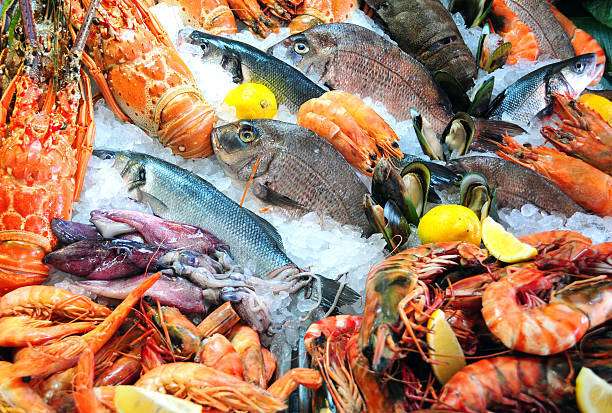

All of our bodies are different from one another. Therefore, there isn’t a one-size diet that fits everyone. For a healthy lifestyle, you should choose an individualized plan that works for you. Among the popular diets is the Pescatarian diet, but what is it, what advantages does it offer, and most importantly, is it right for you?
Let’s find out!
What is a Pescatarian Diet?
“Pesce” is an Italian word meaning fish. The pescatarian diet is a vegetarian diet where you include fish and other seafood. Those who follow this eating plan are called pescatarians or pesco-vegetarians.
The pescatarian diet is not restrictive, and there are no strict guidelines other than including seafood in your vegetarian diet. So, there is no determined frequency on how often you should eat fish or seafood to be a pescatarian.
Pescatarians obtain protein from plant-based sources, seafood, eggs, and dairy. However, they do not eat meat or poultry. This eating approach ensures you take a balanced diet with all the necessary nutrients.
If you are a vegetarian who needs to modify your diet, you can easily switch to a pescatarian diet. You will get lean protein rich in omega-3 fatty acids from seafood. Thus, a pescatarian diet offers nutrient-dense, high-fiber foods.
How is the Pescatarian Diet Different from the Mediterranean Diet?
The Mediterranean diet is a vegetarian diet where you can eat plant-based foods like vegetables, fruits, nuts, whole grains, and legumes. In this diet, you will replace butter with healthy fats like olive oil and use spices or herbs instead of salt. The Mediterranean diet also includes small portions of fish or poultry.
Thus, the main difference between the pescatarian and Mediterranean diets is that pescatarian prohibits consuming meat or poultry. Additionally, the pescatarian diet can be considered semi-vegetarian since plant-based food is the main focus, although seafood is sometimes included.
What You Can Eat When Following the Pescatarian Diet
Unlike most diets that are strict on portions, the pescatarian diet is more flexible. It is defined by compliant and non-compliant ingredients and food. There are no rules on cooking methods, portion sizes, or components of snacks.
A balanced pescatarian diet should include vegetables, fruit, legumes, grains, and seafood. It can also have dairy products and eggs. The diet can also include flavorful foods like spicy peppers, vegetable oils, farro and quinoa, seeds, nuts, and other nutritious ingredients. You shouldn’t eat poultry, red meat, pork, wild game, or other types of meat or meat programs.

Can a Pescatarian Diet Help with Weight loss?
If you want to lose weight on your fitness journey, you need to watch your eating. The pescatarian diet is not a weight-loss crash diet; instead, it is a lifestyle. When following the pescatarian diet, you can eat snacks and meals when you want and in your desired portions.
Your meals and portions are essential when looking to shed off some pounds. So, you can reduce your portions and avoid overeating to keep your calorie intake less than calories burnt. Although the diet isn’t designed for weight loss, the pescatarian diet emphasizes the consumption of nutrient-dense foods that are low in calories, so it can help with weight loss and weight management. However, you should combine this diet with regular exercise for better weight-loss results.
The pescatarian diet is ideal even for people with health conditions like heart disease, diabetes, and celiac disease. Besides, it makes it easy to avoid gluten, linked to conditions. Nonetheless, you should always consult your doctor before beginning the pescatarian diet to ensure the diet offers the nutrients your body needs.
Example of a Shopping List and Meal Plan When Following the Pescatarian Diet
A balanced pescatarian diet should include legumes, plant protein, seafood, fruits, vegetables, or complex carbs. Whole grains offer more nutrients with fewer additives and sugars than refined grains. Since there are no limits on the types of vegetables and fruits you can include in your meal, eat the rainbow. Here is a sample shopping list:
- Vegetables– broccoli, bell peppers, cauliflower, Brussel sprouts, eggplant
- Dark leafy greens– swiss chard, spinach, kale
- Plant-based protein/ legumes– soybeans, chickpeas, soybeans, tofu
- Fresh or frozen fruits– oranges, apples, grapefruit, bananas, berries
- Whole grains– brown rice pasta, barley, 100% whole wheat bread, quinoa
- Dairy products– cheese, milk, yogurt
- Fish– salmon, sea bass, cod, halibut, snapper
- Healthy fats– avocados, olive oil, walnuts, almonds, chia seeds
- Eggs
The main rule of the pescatarian diet is to replace animal protein with seafood or plant-based protein. Therefore, it is up to you to choose healthy cooking methods. For example, you can grill or broil fish using healthy cooking oils or opt to steam your seafood using low-fat methods. Here is a sample meal plan:
Breakfast: wholemeal egg toast with avocado and one serving of berry smoothie
Lunch: Pan-seared salmon with wilted spinach and quinoa
Supper: Tuna wrap and roasted red beet hummus with carrot sticks
Benefits of Following the Pescatarian Diet
The pescatarian diet is helpful since it:
Lowers the Risk of Suffering from Chronic Conditions
When you follow the pescatarian diet, it lowers your risk of suffering from chronic conditions. A study shows that following the pescatarian diet reduces the risk of getting type 2 diabetes. It also keeps your blood pressure within the correct range.
Manages Diabetes and Inflammation
By following a plant-based diet, you can reduce the risk of metabolic syndromes like insulin resistance, obesity, and high blood pressure. Scientific evidence also proves that the omega-3 fatty acids in fish help reduce inflammation. Plant-based diets contain high levels of antioxidants and anti-inflammatory agents like flavonoids. Thus, helping manage inflammation.
Provides Better Nutrition
Pescatarians consume less cholesterol, saturated fat, and sodium compared to omnivores. They also eat more heart-healthy polyunsaturated fats and more fiber. The pescatarian diet is nutrient-dense, and their diets contain more bone-building calcium than other diets.
Promotes a Healthy Heart
Fish is an excellent source of omega-3 fatty acids. So, adding fish to your diet is beneficial for healthy living. People who often eat fish have lower blood pressure and fewer chances of suffering from fatal heart attacks than those who don’t eat fish.
Additionally, since the pescatarian diet also consists of plant foods, it promotes a healthy heart since a vegetable-rich diet reduces the risk of coronary heart disease. A plant-based diet benefits the heart by lowering blood pressure and improving blood lipids.
Environmental and Animal Welfare Benefits
Most vegetarians opt for vegetarian diets since they disagree with killing animals and using them as a source of food. If you are concerned about animal welfare, you will find the pescatarian diet more suitable. You are probably wondering how using fish as a source of protein is different from slaughtering animals.
A 2015 study shows that fish don’t feel pain. So, although they may experience psychological stress, they don’t have the neural network to experience pain. Thus, you will not be harming fish. Besides, following a pescatarian diet is also appealing if you want to eat foods from sustainable farming practices.
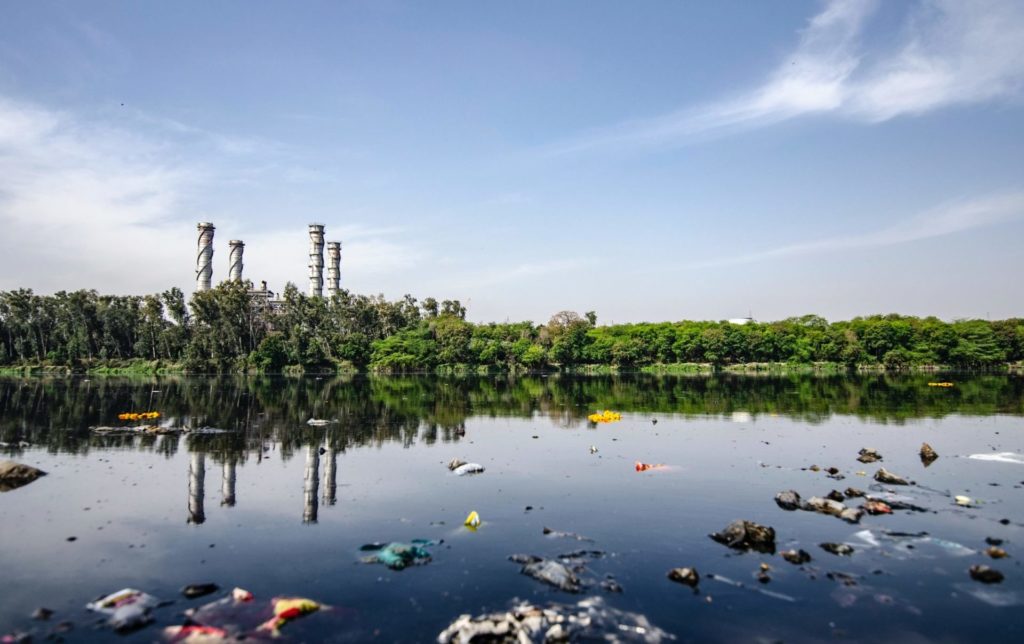
Understanding How the Pescatarian Diet is Better for the Environment
An EAT-Lancet study shows that food harmful to our health also harms the planet. Reducing meat consumption has a beneficial environmental impact since red meat is the most damaging food.
Eating too much red meat increases the risk of serious illnesses like heart disease, cancer, and stroke. The study also shows that producing as little as 100g of beef causes a 105 kg emission of greenhouse gasses, which causes the greenhouse effect linked to global warming.
To optimize environmental impact, switching to plant food sources other than animal-based food can help. Thus, the pescatarian diet is for the environment as it focuses on plants and seafood.
How Sustainable is the Pescatarian Diet?
Before committing to a diet, you need to evaluate its sustainability. The pescatarian diet is more sustainable compared to factory farming mammals or birds. However, there is a concern that the diet could have environmental issues.
While people believe farming ruminants, pigs and birds can harm the environment. Ruminants produce methane gas as pigs produce ammonia, gasses which could contribute to global warming on a global scale. Fortunately, fish don’t produce greenhouse gasses. However, they present a challenge to water ecosystems by overcrowding, introducing invasive species, and using wild fish for feed.
Here are four tips for eco-friendly fish consumption to make the pescatarian diet sustainable;
1. Less Is More
When following the pescatarian lifestyle, always assume less is more. Eat only a moderate amount of fish meat. Just because tuna is affordable doesn’t mean that you should eat it in high amounts. You can limit fish intake to two or three times every week and use plant-based protein the rest of the week.
2. Be Selective of the Fish You Consume
Here are different types of fish and different ways to yank them out. Therefore, you should find the right combination and type of fish to eat. For example, most wild-caught Alaskan salmon is fished sustainably and is delicious too. On the other hand, Atlantic salmon is often over-fished, irrespective of where it is from, so it should be avoided if possible.
3. Prepare in Advance
Our bodies are designed to eat what we get and when we get it. So, if you go to the fish market and find different fishes displayed, it is hard to compare the different types based on the good, bad, or fishing landscape. So, when you make an ethical choice, you need to narrow down and prepare what to have in advance.
4. Learn As Much as You Can
Do you know the difference between wild and farmed fish? Or how is trawling different from longline? Fishing is complex, and the more you understand the process, the better the choices you can make. So, learn more about fish and fishing to know which seafood is best and sustainable.
Take Away
While there is no one diet for everyone, the pescatarian diet offers numerous health and environmental benefits. However, if you have a chronic condition, are pregnant or lactating, consult your doctor before starting the diet.






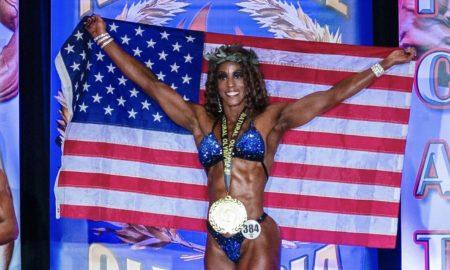












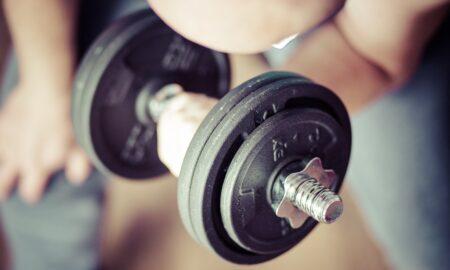
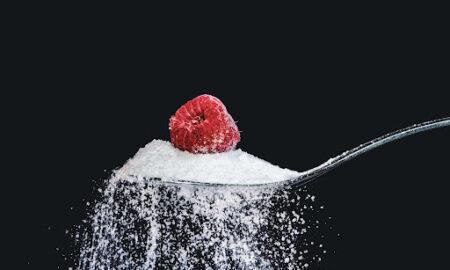

You must be logged in to post a comment Login